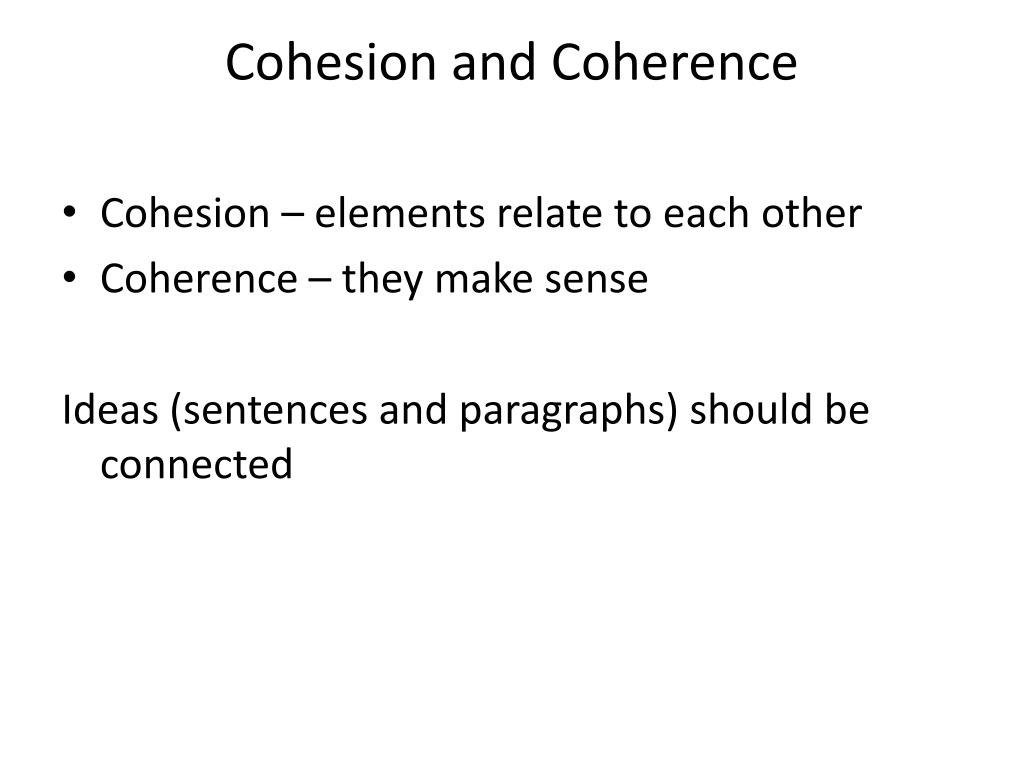

Opposite magnetic poles attract one another much like positively charged atoms attract negatively charged atoms in water molecules. If you've played with bar magnets you will know that the north pole of one magnet will repel the north pole of another magnet, but it will attract the south pole of another magnet. More precisely, the positive and negative charges of the hydrogen and oxygen atoms that make up water molecules makes them attracted to each other. Water is sticky and clumps together into drops because of its cohesive properties, but chemistry and electricity are involved at a more detailed level to make this possible. Water is highly cohesive-it is the highest of the non-metallic liquids. Sources/Usage: Some content may have restrictions.

Although you may have heard of a "skin" where water meets the air, this is not really an accurate description, as there is nothing other than water in the drop. On Earth, the effect of gravity flattens this ideal sphere into the drop shape we see. For water, this state happens when a water molecule is surrounded on all sides by other water molecules, which creates a sphere or ball (perfectly round if it was in outer space). The natural form of a water drop occurs during the "lowest energy state", the state where the atoms in the molecule are using the least amount of energy. It turns out that this surface tension is the result of the tendency of water molecules to attract one another. If you just look at the picture of the water drop sitting of the leaf, you might think the water drop has a "skin" holding it into a sort of flattened sphere (although there is nothing flat about a water drop in outer space). Adhesion and cohesion are winning the battle so far, as the drops are sticking to the pine needles. Gravity is working against both adhesion and cohesion, trying to pull the water drop downward. Also noticeable in this picture is the effect that gravity has on the water drops. In the picture of pine needles above, the water droplets are stuck to the end of the pine needles-an example of the property of adhesion. Schmidt, National Park ServiceĪ water drop is composed of water molecules that like to stick together-an example of the property of cohesion. As outlined above, there are so many ‘pros’ to this method of classroom configuration that these easily outweigh this somewhat questionable ‘con’.Sources/Usage: Public Domain. In conclusion then, while it may sometimes be true that the weak students may ‘take it easy’ sometimes in groups, allowing others to work hard to compensate for their laziness, if the lesson materials are interesting and the teacher motivating, this is a rare occurrence.

In business today, the ability to lead effectively and to support one’s peers is prized almost above all other skills. The same skills are being tested and developed – interpersonal skills and emotional intelligence, to mention just two. Group working in class represents basically the same concept. In a great variety of careers today, the employees are asked to, and are judged on their ability to work in teams. The teacher as the source of all wisdom standing at the front of the class, the ‘jug and mug’ model of education, is not only antiquated, but also ineffective.Ī further benefit of group-teaching is the preparation it provides for working in teams. Certainly, some classroom activities, like project work for example, are best conducted in small groups. Furthermore, most pedagogic approaches today concur that a lesson that is focused on the teacher at all times, is one from which the students are unlikely to benefit.

Also, with regard to the stronger students, a perfect way to consolidate their learning is to transmit that knowledge to others. Weaker students are often less afraid of making mistakes and taking risks in front of their peers, than in close contact with their teacher or in front of the whole class. Many students (especially in large classes) can benefit from this approach. Moreover, in life today, team-working is a feature of every workplace and one of the roles of university education is to provide a preparation for students’ future careers.įirstly, peer teaching can contribute to effective learning in most classroom situations. In addition, lessons organised in this way become less teacher-centred. In groups there is the opportunity for peer teaching, which can often be invaluable. The idea that working in groups is a bad thing is fundamentally mistaken because, overall, the advantages of this way of configuring the class outweigh the potential disadvantages. “Working in groups is a bad idea because it encourages weak students to let the others do the work.” Discuss


 0 kommentar(er)
0 kommentar(er)
